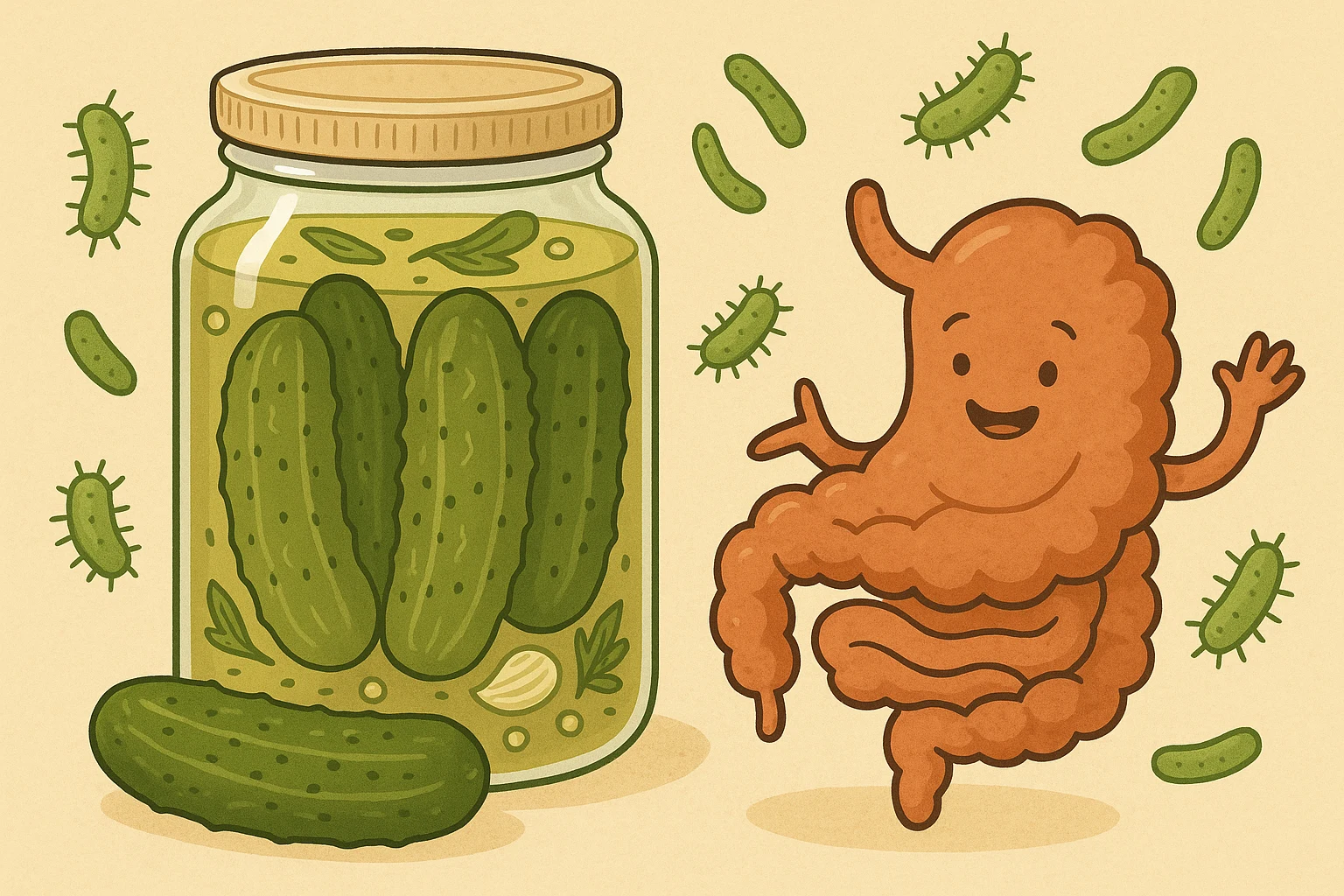What is pickling process

What is Pickling?

Pickling is the process that has been used in food preservation for centuries. Pickling process is a method of canning that includes the process of fermenting food in brine or suspending food in vinegar. Preservation does more than preserving the food from decay, but also gives food a spicy kick by pickling it.
Most people across the world love pickling because of its ease, and the results are as good as expected. From cucumbers and meats, it ensures that foods can stay for a longer period as it ferments and at the same time gives it a special flavour.
What is the Purpose of Pickling?
The purpose of pickling extends beyond mere preservation. It offers multiple benefits:
Cost-Effectiveness: The process of pickling is rather cheap so people can preserve a great amount of the foods rich in vitamins during the harvest season without investing in special equipment.
Year-Round Availability: Tapas can be eat at any time including when the animals are not in season.
Enhanced Shelf Life: Food on washing it in vinegar and salt, or brine solution, prevents germination of molds, bacteria and yeasts.
However, pickling is not only for vegetables but also for other foods such as meat, which infuse different kinds of pickling ingredients like mustard seeds, garlic and cinnamon.
What is the Process of Making Pickling?
The traditional pickling process carries a sense of nostalgia and cultural significance. Here are the common steps:
1. Ingredient Preparation: Fresh produce is clean and cut into desired sizes.
2. Sun-Drying (Optional): Some traditional methods involve drying vegetables under the sun to reduce moisture.
3. Mixing Spices: A combination of spices like mustard, fenugreek, and turmeric is mixed to enhance flavour.
4. Submersion: The ingredients are submerged in a solution of brine or vinegar.
5. Storage: The mixture is stored in airtight jars to ferment and develop flavours over time.
These steps ensure a flavourful and long-lasting product that many associate with cherished family traditions.
Types of Pickling
Different pickling methods provide unique results. Here are four primary types of pickling process:
1. Natural Fermentation: Uses salt and natural bacteria for preservation.
2. Vinegar-Brine Pickling: Involves immersing ingredients in a vinegar-based solution.
3. Fresh-Pack Pickling: Ingredients are cooked briefly before pickling.
4. Relish Preparation: Chopped ingredients are pickled with sugar and spices for a sweet-tart flavour.
Each type offers distinct tastes and textures, catering to a variety of culinary preferences.
Explore vebka foods varieties of kerala pickles here
Ingredients for Pickling
Essential ingredients play a pivotal role in the pickling process:
- Main Ingredient: Vegetables or fruits like cucumbers, mangoes, lemon or carrots etc are the major ingredients.
- Salt and Vinegar: high quality salt is a key component for best preservation and flavour.
- Spices: Mustard seeds, garlic, turmeric, chili, and cloves for enhanced taste.
- Oil (Optional): Adds richness and prevents spoilage.
These ingredients work together to achieve the perfect balance of taste and preservation.
Indian Pickling Process
The Indian pickles has more distinctive taste and preparation methods as compared to other pickle types from the world. Here is a systematic look at the pickling process:
1. Selection and Preparation: choose the high quality Fruits and vegetables that are washed and rinsed.
2. Spice Mixing: As afoetida powder, Kashmiri red chillies and Kasturi methi that is roasted and chopped, everything roasted completely and then ground.
3. Oil Infusion: To the mix, heated mustard oil / sesame oil is also required.
4. Marination: The ingredients are mixed together let them infused or soak, the process often done in the sun.
5. Storage: Kept in sterile jars for future use if required.
Popular variants include mango, lemon, and chili pickles, each with its unique regional twist.
Which Oil is used in Achar?
Oil plays a crucial role in the pickling process by preventing microbial growth and enhancing flavour. Commonly used oils include Mustard Oil, Sesame Oil, Groundnut Oil and Coconut Oil. The Mustard Oil is preferred for its sharp flavours, the Sesame Oil is popular in South India, and it has a rich, nutty aroma. The Groundnut Oil also called as peanut oil, it offers a mild taste. Lastly, the Coconut Oil adds a tropical aroma and it retains all the goodness of fruits and prevent oxidation. Regional preferences often dictate the choice of oil, which adding a cultural touch to the pickles.
How to Quick Pickle
It works for beginners, who still have little to no experience with pickling process, as well as for those who lack the time. Make sure to know how to quick pickle by learning the process of it, prepare the fresh vegetables raw materials like cucumber or radishes, vinegar, water, sugar, salt, and, on option, some spices preferred by you. In the first step, mix the vinegar, water, sugar, salt in a pot, to dissolve the sugar and salt over heat. Pack the vegetables tightly in a jar and then pour this solution over them. Cover with a lid and place the jar into the refrigerator for several hours. This kind of pickling allows for the production of tangy and ready to eats Pickles within the shortest time.
How to Store Pickles
Proper storage is vital for maintaining the quality of pickles, and make sure to use airtight jars to prevent contamination and spoilage. Sterilize containers during the pickling process to ensure a clean environment for fermentation. Store pickles in cool, dry places to keep them fresh and flavourful. With the right techniques, pickles can last for months or even years, retaining their taste and texture.




